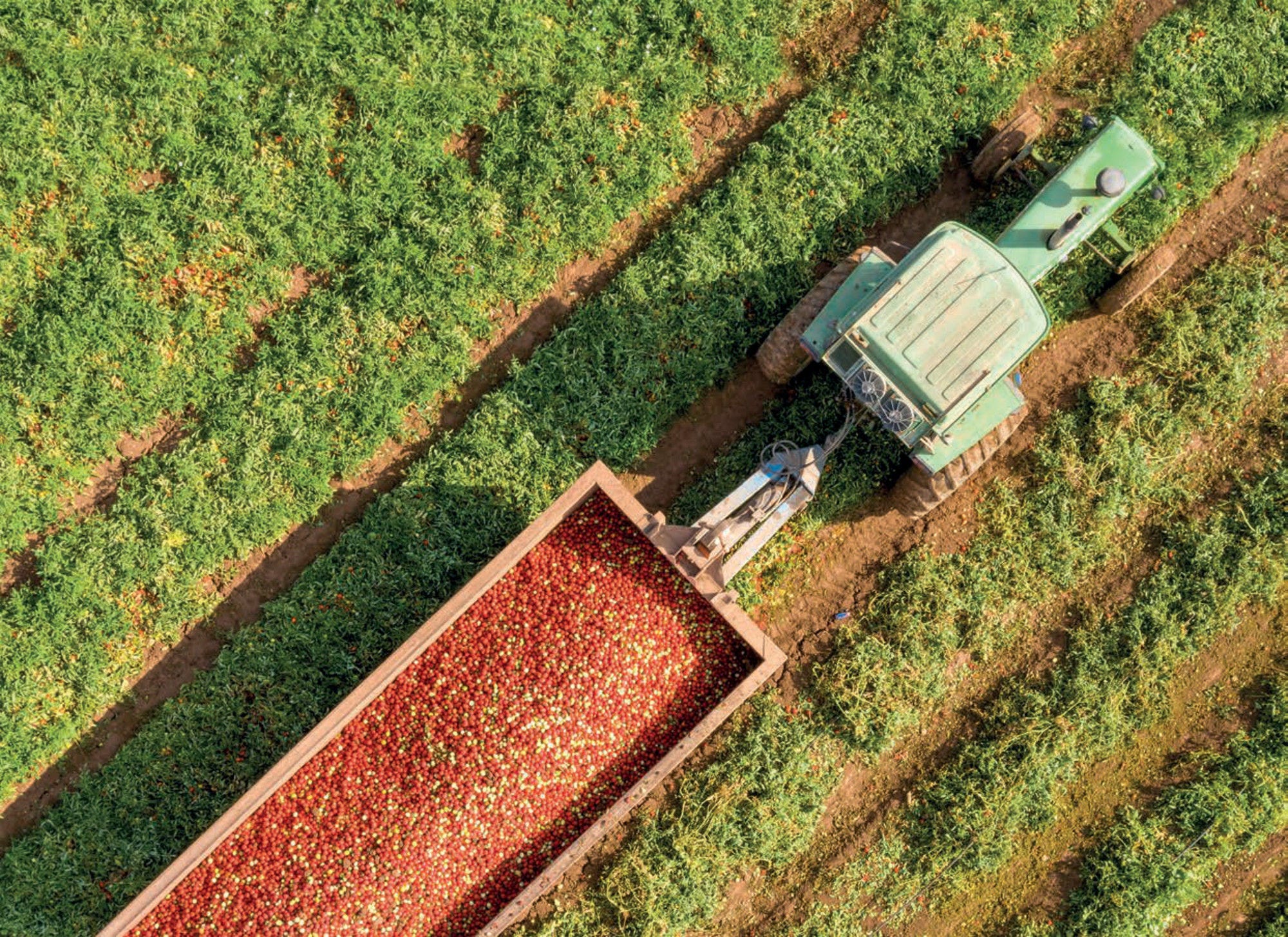The objective of Iceland’s agricultural policy is to maintain and strengthen a diverse agricultural sector to the extent that physical and marketing conditions allow. The key goals are to: meet domestic demand where realistically possible; maintain sustainable production of high-quality, healthy products; improve efficiency and competitiveness; improve farmers’ incomes; improve creativity and create job opportunities; and sustain livelihoods in rural areas.
Agricultural policies in Iceland are based on two legal instruments. First, the policy concerning production and marketing of agricultural products (laid out in the Act on the Production, Pricing and Sale of Agricultural Products No. 99/1993) establishes objectives for Iceland’s agricultural policy and provides the framework for Icelandic agriculture and its regulation. Second, policies on the provision of support to farm construction projects, livestock improvement and extension (advisory) service (laid out in Act on Agriculture No. 70/1998).
The government negotiates with the Farmers’ Association concerning the general framework for support and production control in the cattle, sheep and horticultural sectors. There is also an agreement on so‑called horizontal support, such as advisory services, breeding, animal welfare, environmental protection, sustainable land management, organic farming and land cultivation. The current agreements cover 2017-2026, with extensive reviews in 2019 and again in 2023. Changes in 2019 to the agreements for sheep farming and cattle entered into force on 1 January 2020. In 2020, the agreements on horticulture and the framework agreement (horizontal support) of agriculture were revised. All entered into force on 1 January 2021.
Iceland’s agricultural support comes through price support (maintained by border measures), and direct payments based on payment entitlements coupled with production factors. Price support is provided for all livestock products and some horticultural products. Direct payments are provided to cattle (mainly dairy) and sheep producers, and on a smaller scale, to certain greenhouse producers.
For dairy, direct payments depend on the size of a producer’s quota and the current number of animals. Headage payments are provided for up to 180 dairy cows and 260 beef cows per farm, with full payment for each of the first 50 dairy cows and 200 beef cows, then at a declining rate for each additional cow. The Ministry of Fisheries and Agriculture sets a national dairy production quota divided among producers based on their annual quotas for the preceding year. Annual dairy quotas also determine entitlements for direct payments. Production in excess of quotas is permitted, provided all such production is for export. Wholesale prices are regulated for approximately half of all dairy products based on the volume of raw milk required. A government-chaired committee representing both the Farmers’ Association and the labour union (acting on behalf of consumers) determines guaranteed minimum prices for milk delivered within production quotas on an annual basis. Trade in support entitlements (basic payments to all active dairy and cattle farmers) between entitlement holders is allowed with quantity limitations and takes place in a market operated by the government. Dairy producers also benefit from support for breeding, land cultivation and development programmes.
For sheep, direct payments link to entitlements based on historical production. However, eligibility to receive full payments requires keeping a minimum number of winter-fed sheep on the farm. Additional payments to sheep farmers relate to a quality-control scheme for lamb meat based on animal welfare, product quality, traceability and sustainability criteria. Premium payments are provided at the wholesale level for purchasers of wool, and to farmers to co-operate in increasing added value for sheep products.
Imports of meat, dairy products, and some vegetables that compete with domestic production are subject to tariffs, often compound duties with an ad valorem component of 30% and a specific duty that varies from ISK 5/kg (USD 0.04/kg) to ISK 1 462/kg (USD 2/kg). However, products originating in partner countries of the European Economic Area (EEA) or in one of the 41 countries with which Iceland has free trade agreements may carry lower tariffs. The agreement for the cattle sector includes a provision to change the specific duties for certain cheese and milk powder products based on changes in the SDR/ISK1 exchange rate from 1995 to 2016, effective 1 March. Since then, the specific component was adjusted annually to the 12-month evolution of SDR/ISK.
Concerning Iceland’s commitments under the Paris Agreement on Climate Change, according to its Nationally Determined Contributions (NDC) submitted to the UNFCCC, Iceland aims to be part of European countries’ collective 40% reduction in GHG emissions compared to 1990 levels by 2030. A precise commitment for Iceland within this collective delivery is yet to be determined and depends on agreement with the European Union and other countries. Iceland’s participation in the EU Emissions Trading System will be key in this regard, considering that almost half of Iceland’s emissions would be regulated through this scheme. In December 2020, Iceland’s prime minister introduced a new target of 55% reduction in GHG emissions by 2030. The government plans to make the economy largely carbon neutral by 2040.
Iceland is a member of the European Economic Area (EEA) and of the European Free Trade Association (EFTA). While the EEA Agreement does not apply to most trade in agricultural goods, it opens trade in several processed agricultural products and encourages bilateral agreements on primary commodities.
As a member of EFTA, Iceland is also party to several free trade agreements, including with countries in Southeast Europe, North Africa and the Middle East, Latin America, and Asia, as well as with the South African Customs Union. In addition, Iceland has bilateral Free Trade Agreements with the Faroe Islands, Greenland, and the People’s Republic of China.







